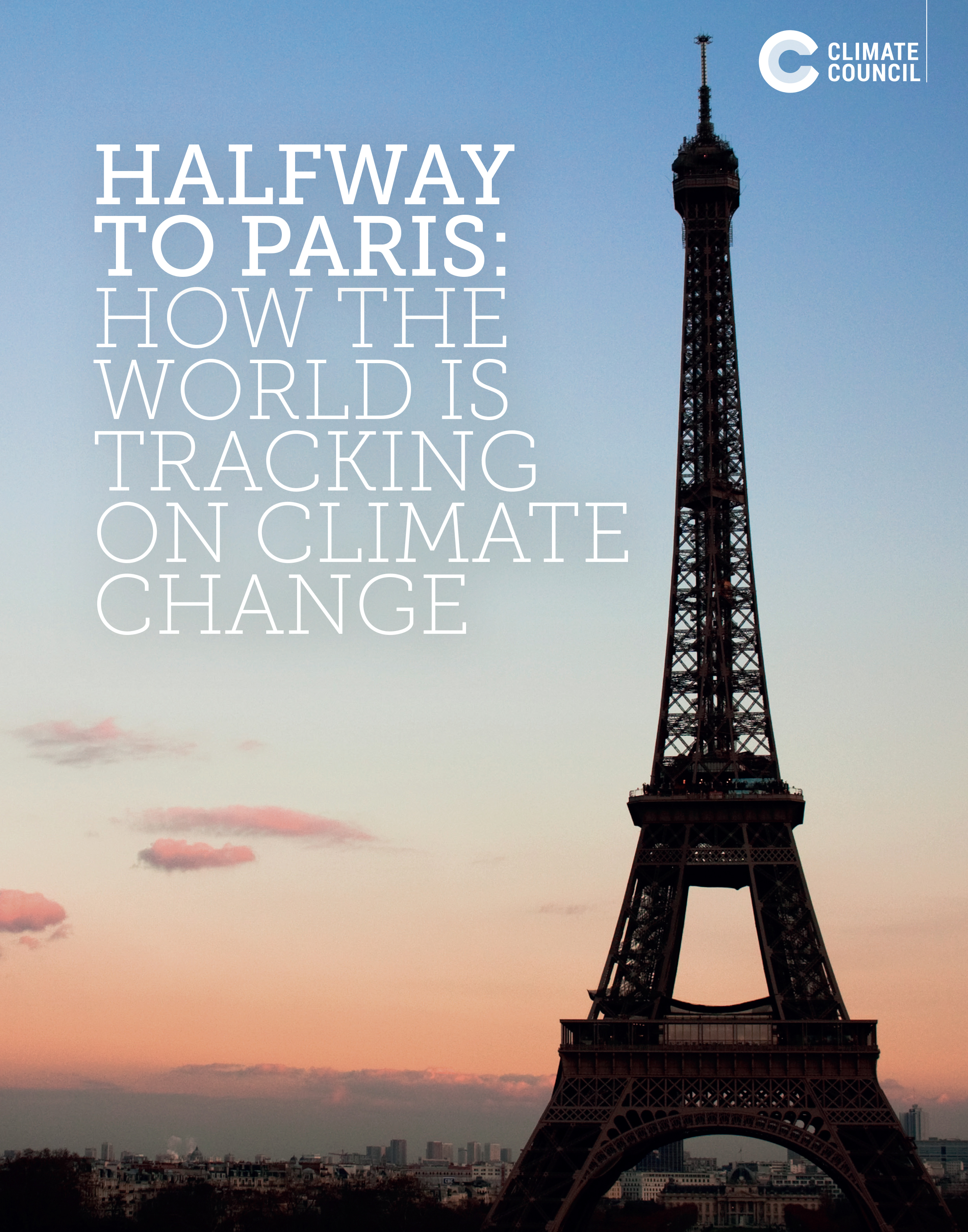This content is more than 9 years old
This new report reveals that an emissions reduction target of 40-60% by 2030 would be the bare minimum for Australia to keep pace with its major trading partners and do its part to tackle climate change.
KEY FINDINGS
The world is stepping up action on climate change, with Australia’s major allies and trading partners setting strong emissions reduction targets.
- The United States aims to reduce its greenhouse gas emissions by 26-28% below its 2005 level in 2025 setting a path towards deep, economy-wide emission reductions of 80% or more by 2050.
- The European Union has a reduction target of 40% by 2030 relative to 1990 levels.
- By 2030, China aims to lower carbon dioxide emissions per unit of GDP by 60% to 65% from the 2005 level, and the world’s largest emitter aims to peak its greenhouse gas emissions by 2030, possibly earlier.
- Australia is expected to submit its emissions reduction target by mid-2015.
Australia is a crucial global climate change player.
- Australia is one of the largest emitters per capita and the 13th largest greenhouse gas emitter in the world, ahead of 182 other countries.
- The emissions from Australia’s coal resources alone, if developed, would consume two-thirds of the world’s remaining carbon budget.
Australia’s domestic climate change policies are receiving more international scrutiny than ever before.
- China, the US and other big emitters have questioned the credibility of Australia’s climate change targets and direct action policies.
- Australia was singled out as the first developed country to take a legislative step backwards from action on climate change with the repeal of the carbon price in a recent report on global climate change legislation.
- Australia was lambasted as a ‘free-rider’ on other nation’s efforts to tackle climate change in a report by former UN chief Kofi Annan.
Australia must cut its greenhouse gas emissions much more deeply and rapidly to contribute its fair share in meeting the climate change challenge.
- A 2030 target of a 40-60% reduction below 2000 levels (or a range of approximately 45 to 65% below 2005 levels) is the bare minimum for Australia to be both in line with the science and the rest of the world.
